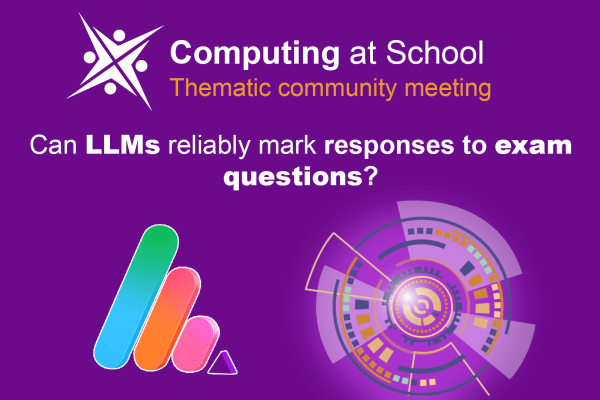Introducing a high-level concept map for the cybersecurity topic (referred to as network security in various specifications).
I would like to suggest that this concept map be used throughout the teaching of cybersecurity, introducing it first to provide students with a clear mental model and referencing it regularly to show how specific subtopics fit into the bigger picture. This approach helps students understand cybersecurity as a coherent whole rather than isolated concepts. Simply put, it helps students understand the forest before examining individual trees, making the entire learning journey more manageable and meaningful.
I would also suggest that this concept map be used after first explaining the context of continuously evolving digital technology, where new technologies, devices and ways of interaction emerge at a rapid pace, creating new vulnerabilities. More details about the context at the bottom.
Here is the concept map:

This concept map shows (tells a story):
- Malicious actors are driven by motivations (financial, revenge, political / ideological, notoriety / recognition etc.)
- These motivations lead to attacks (against devices in use by individuals or computer systems used by businesses, governments etc that are connected to private or public networks)
- Attacks utilise specific tools and techniques (e.g. password crackers for brute force attacks, social engineering for manipulating users or packet sniffers for data interception)
- Tools and techniques exploit vulnerabilities which exist in both digital infrastructure and human users (data being transmitted across networks without encryption, unpatched software, lack of knowledge / awareness, complacency etc.)
- Prevention tools, techniques, policies and guidelines address these vulnerabilities (such as firewalls and antivirus for system protection, user training for security awareness, and access controls for system security)
- When prevention fails, attacks occur
- Attacks lead to loss/damage (financial, reputational, losing access/use of devices and systems, privacy etc.)
- Damage reduces trust in digital infrastructure
The power of this concept map lies in its ability to show cybersecurity not as a list of isolated threats and countermeasures, but as an interconnected system where each element influences others. It reveals how cybersecurity is a continuous cycle of attack, defence, consequence and adaptation, requiring a comprehensive and dynamic approach to security.
Now, more about the context. The broader environment and drivers that create the conditions for the specific relationships and cycles shown in the diagram are:
- The drive for convenience and efficiency leads to continuous change
- This change creates new vulnerabilities
- We must continuously adapt security measures
- Security must evolve alongside digital progress
Understanding this context is important for students so they see cybersecurity is an ongoing and evolving part of digital progress that is relentless. Students understand they’re learning about a dynamic field that will continue to evolve throughout their careers, rather than just learning about current threats and solutions.
How does this boost learning?
In a nutshell, this approach ensures deeper understanding rather than just memorizing isolated facts and technical terms.
Here are the benefits:
- The concept map provides structure to organise detailed learning (provides hooks to attach details later)
- Shows the big picture before details giving them confidence and making the topic more approachable (makes complex ideas understandable)
- Gives students a clear way to connect and organise what they learn (make sense of where information fits)
- Narrative structure (from motivation to impact) helps understanding and remembering
- Reduces cognitive load by organising information logically
I hope you adopt this approach as part of your teaching. Helping students understand cybersecurity as an evolving challenge rather than isolated facts not only ensures better learning but may also inspire them to pursue careers in this dynamic and important field.
Any questions or comments? If you do use this approach, I would be particularly interested in hearing about your experience and any feedback. Please get in touch with the author at ahmer@highersummit.com.




